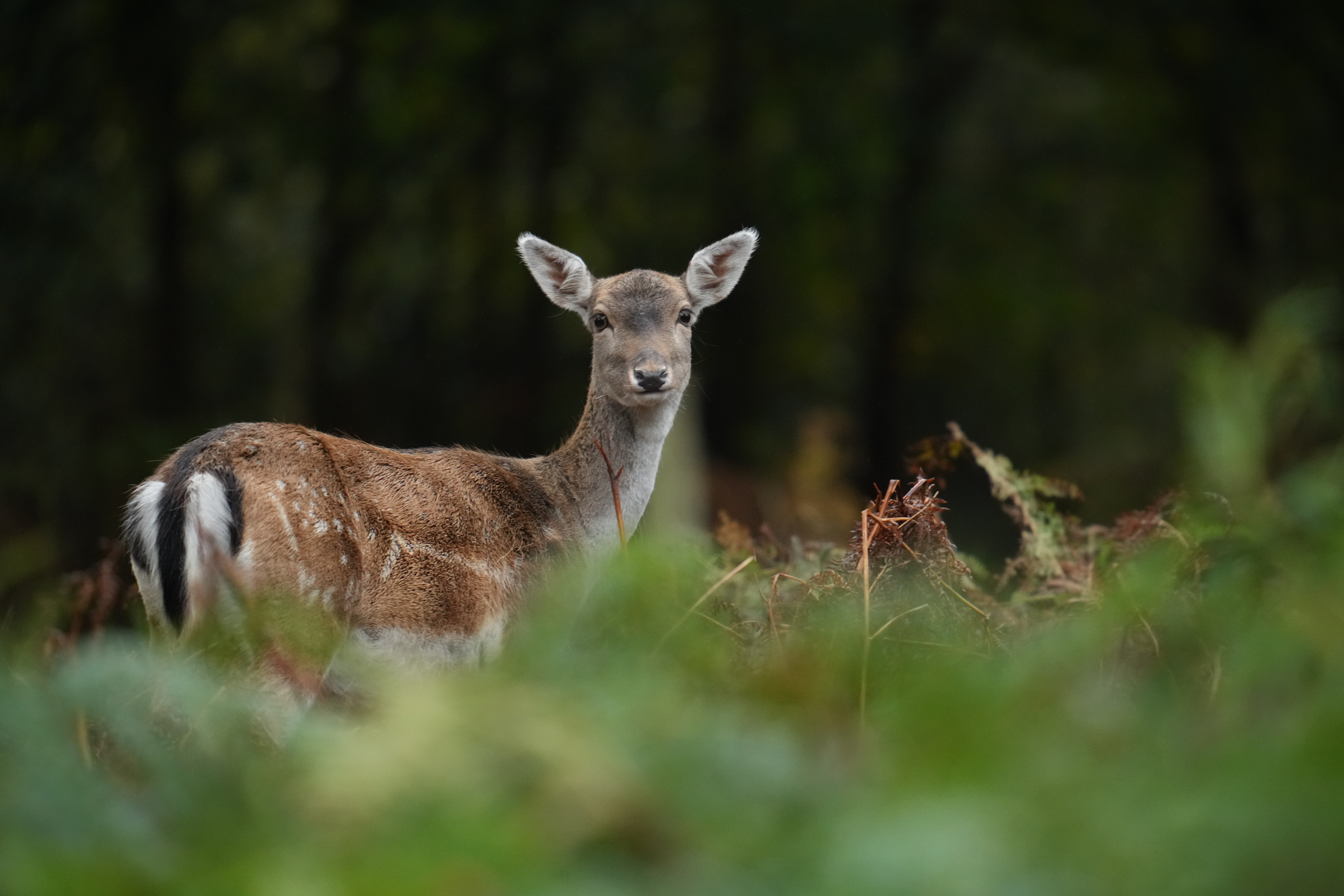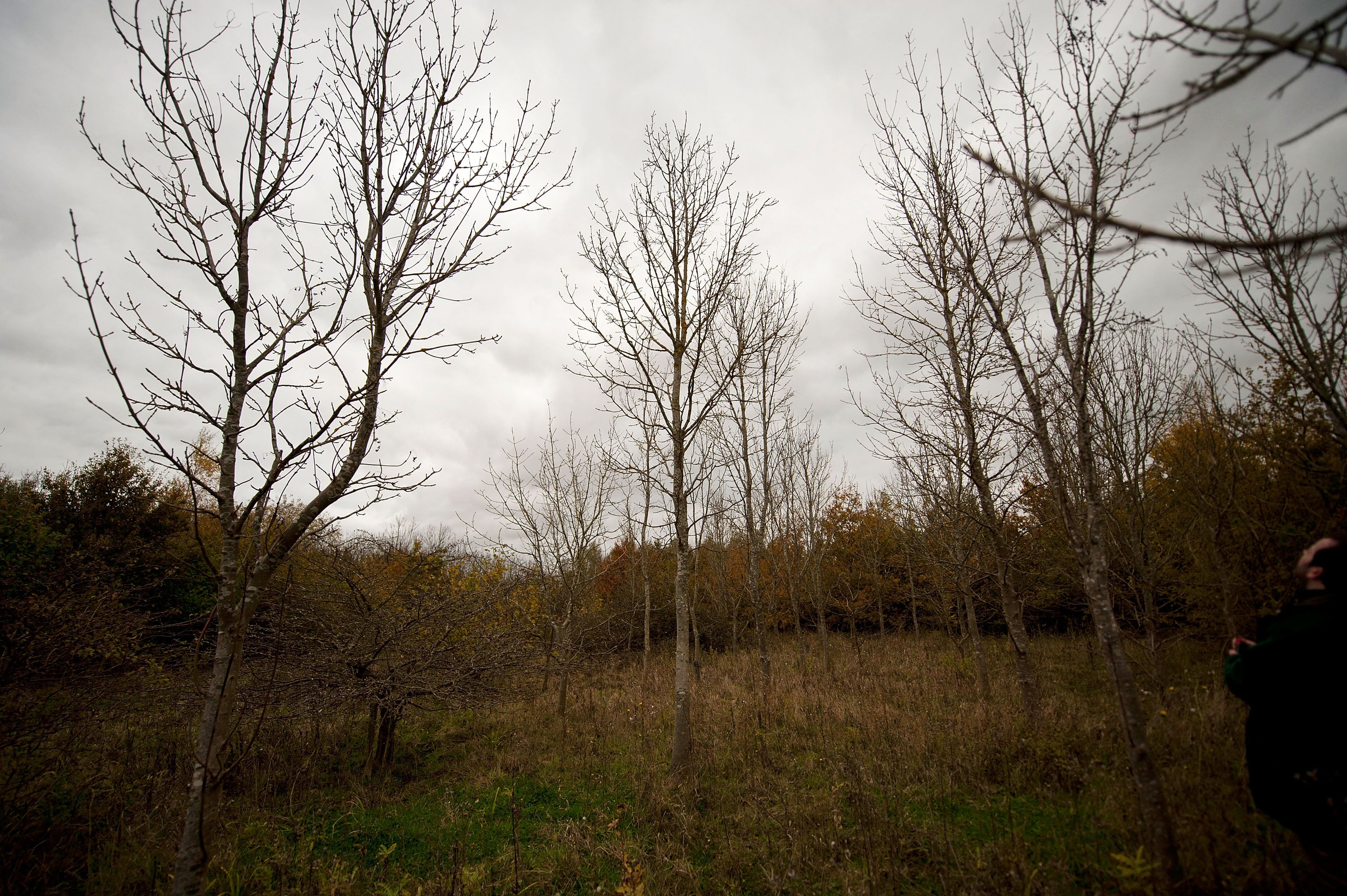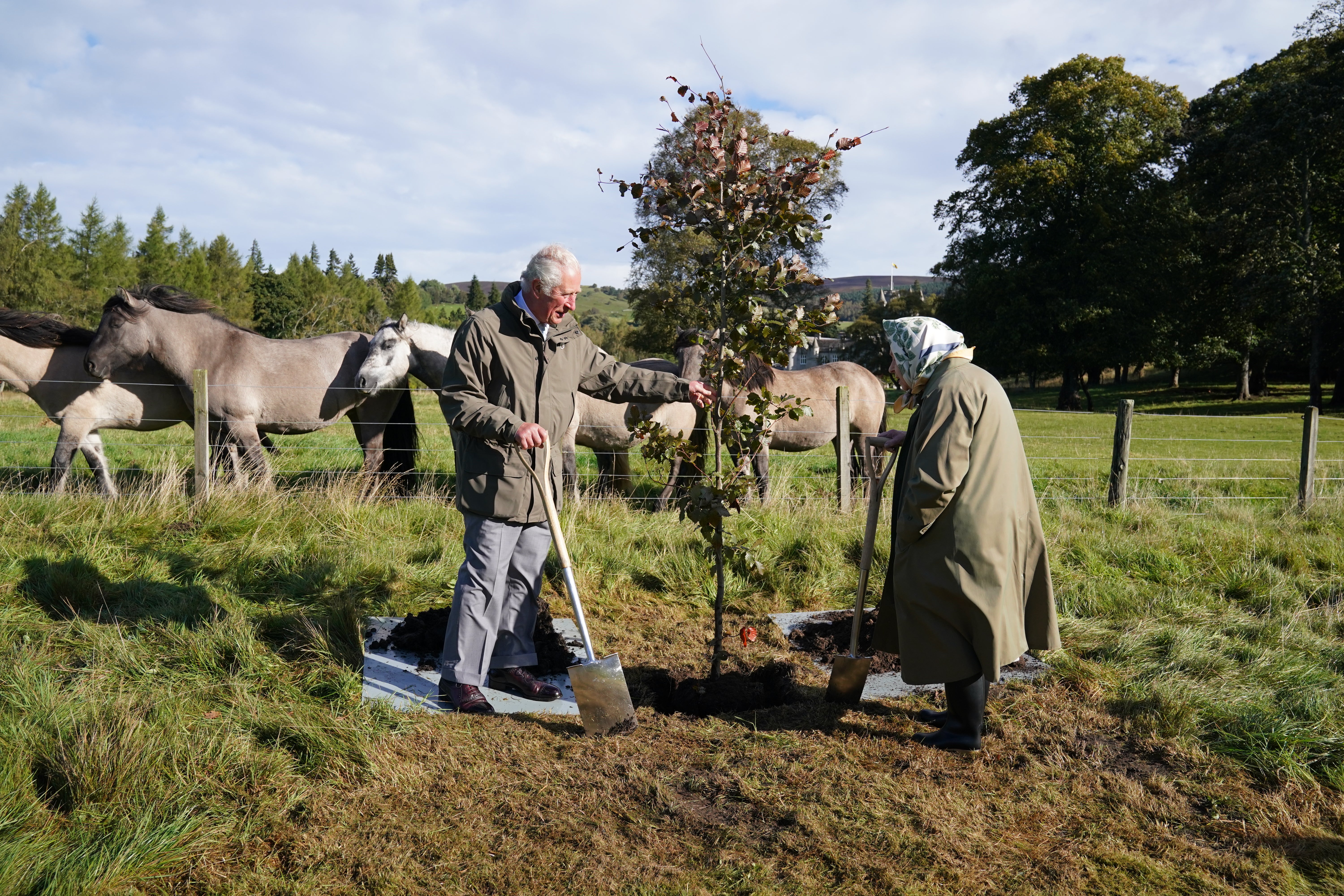
Britain’s woods are in a bad way.
Despite the widespread appreciation that woodland is important for wildlife and biodiversity, helps combat the climate emergency by capturing carbon and benefits people’s health and wellbeing, the vast majority of Britain’s native woodland is not healthy.
In fact, just 7 per cent is in good ecological condition, according to the Woodland Trust.
The woodland that isn’t healthy tends to be characterised by low levels of deadwood, few centuries-old trees, a lack of open habitats within the woodland, and insufficient species and age diversity, according to the charity that issued a report on the state of Britain’s woods last year.
So what’s going wrong?
Some of the issues date back to the world wars when there was a lot of woodland clearance, according to Karen Hornigold, a conservation evidence adviser at the Woodland Trust.
Following the second world war, Britain ended up with historically low levels of woodland cover, with only 6 per cent covered in trees, she said.
Today, that percentage has roughly doubled to 13 per cent but is still one of the lowest percentages in Europe, where the average is closer to 40 per cent.
That means around half of Britain’s woods are relatively new and are of a similar age and structure because they were planted or regenerated over the past few decades.
At the same time, our management of woodlands for heating our homes or creating fences has declined so we are not thinning our woods or selectively chopping down trees. The result is that many of the trees are the same height and little light is able to penetrate the canopy and reach the woodland floor, harming diversity, Dr Hornigold said.

The UK has also seen unprecedented increases in our deer populations, which eat tree regrowth and flowers in the understory of woods, causing further reduction in species diversity and stunting new growth coming through, she added.
“We need that new growth to come through to have different ages and levels of tree height,” she said.
Development is also threatening ancient woodland, which now makes up only 2.5 per cent of the UK’s land area, according to the charity.
“Our ancient woodlands are our more valuable terrestrial habitats,” said Dr Hornigold. “They’re so diverse because they’ve been in existence for centuries.”
New pests and diseases are also increasing, probably because of imported plants, while pollution is also damaging our forests, according to the trust.

Ash dieback threatens millions of ash trees, resulting in local extinctions of wildlife species that are dependent on ash, the report said. Nearly all UK woods exceed thresholds for nitrogen pollution, which is wiping out lichens and other species, leading to the decline of ecosystems. Nitrogen-tolerant grasses are wiping out woodland flowers such as violets and heather, according to the report.
What can be done?
First, Britain can expand its woodland coverage.
The government has pledged to plant at least 7,500 hectares of trees a year across England by 2025, while the UK-wide target is to plant 30,000 hectares per year in the same timeframe.
Last month, the National Audit Office said new-tree planting in England in 2021-2022 looks set to fall “well short” of what the government set out to achieve, making the 2025 target look all the more challenging.
The environment secretary, George Eustice, said the National Audit Office report acknowledged that the department has worked at pace in difficult circumstances to rise to this challenge.
“But we are under no illusion that there is more to do,” Mr Eustice said in a statement. “That is why we will treble the number of trees planted rates by the end of this parliament, backed up by over £500m.”
Stephen Coffey, head forester at the Heart of England Forest, which aims to help reverse centuries of woodland decline and create and conserve a broadleaf forest in Warwickshire and Worcestershire said the “sad fact” is that “we are simply not doing enough as a country to protect, restore and grow our forests – and that has to change.”

Mr Coffey said the Heart of England Forest’s tree planting work focuses entirely on native species of tree such as English and sessile oak, birch, hazel and hornbeam and its aim is to “plant and maintain 30,000 acres of these species – connecting, re-joining and buffering the isolated fragments – to create a forest that looks, smells and feels like the natural English woodlands we have lost”.
Tree planting on this scale creates a huge carbon sink, helping to mitigate the climate crisis, and helps alleviate flooding, according to the charity. The wood also includes grassland, wetland and heathland, as well as 600 acres of mature and ancient woodland.

The Woodland Trust agrees that native woodland must be a major part of woodland expansion, enhancing existing woods to help nature recover.
“We advocate for native trees to be planted, and even more preferably if it’s possible for them to be naturally generated from a seed source nearby,” said Dr Hornigold. “It’s important that it’s the right tree in the right place.”
Evidence collection and monitoring must be improved, as data helps observe past trends and track progress towards targets, according to the Woodland Trust.
Finally, it says investment will be needed to meet the challenges ahead.






